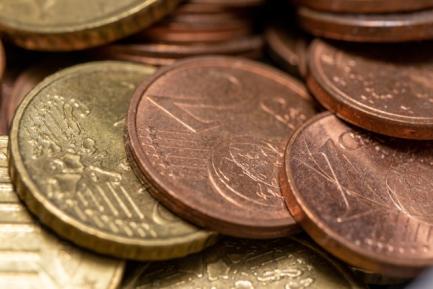Should we be concerned about the low household savings rate?
The household savings rate lay below 6% of gross disposable income in 2017,1 a figure similar to 2007 just before the real estate bubble burst, and well below the peak reached in 2009 of 13.4%. What factors explain the sharp decline that has occurred in the last few years? Should it be cause for concern?
The decline in the savings rate can largely be put down to the strong growth in consumption, which in recent years has increased at a higher rate than gross disposable income (GDI). This dynamic is taking place in a very positive economic environment, in which there is less uncertainty regarding the economy’s capacity to grow and households’ employment expectations have improved significantly (see first chart).2 This has led households to take action on decisions regarding the purchase of durable goods that had been postponed during the financial crisis.3 Nevertheless, the boost to consumption provided by pent-up demand is expected to lose momentum, which should lead to a gradual slowdown in household consumption.
On the other hand, the growth in households’ GDI is expected to remain relatively high over the next few years. While it is true that some moderation is to be expected in the pace of job creation, which has been extremely high in recent years, this is likely to be partially offset by wage growth, which will gain strength as the economy enters a more mature phase of the cycle. This should allow the savings rate to stop falling, or even to begin to gradually rise.
There are two additional aspects worth mentioning which make the assessment of the current level of the savings rate very different to 2007. Firstly, the reduction in savings has not been accompanied by an increase in households’ liabilities, as was the case in the years prior to the finance crisis (see second chart). On the contrary, in 2017 households continued to reduce their levels of borrowing, albeit less intensely than in previous years, bringing debt as a percentage of GDI down to 99.8%, compared to 135.1% in 2007.
Secondly, the decline in the savings rate that has occurred in the last few years has gone hand in hand with an increase in financial assets. In 2017, the latter increased by 7 pps of GDI. This is allowing for a significant recovery in households’ net financial wealth, which in 2017 reached 192% of GDI, versus 146% in 2007. On the other hand, only 5.5% of GDI was allocated to gross investment (mainly real estate investment), whereas in 2007 the figure was 15.3%. In other words, there has been an important change in the use (or allocation) of household resources, which highlights the fact that families’ financial decisions are quite different to a decade ago: whereas in 2007 households increased their level of borrowing to invest in real estate assets, the current situation indicates a much more contained level of investment and a level of borrowing that continues to fall.
1. First of all, it is worthwhile remembering that savings in this context is what results from the difference between income and consumption in a given period. It should not be confused with what is commonly understood as household «savings» in terms of holdings (which are known as households’ financial assets or wealth).
2. In addition to the reduction in uncertainty, the growth in consumption could also be related to the wealth effect following increases in the value of assets (financial and real estate). However, the Spanish population’s propensity to consume more when faced with an increase in their wealth is considered to be relatively limited (see «Effects of real estate wealth on consumption: results from the Household Finances Survey», Bank of Spain, May 2005).
3. For an analysis on changes in the consumption of durable goods during the recovery, see the article «The recovery of consumption in Spain: reasons and outlook», from the Dossier of the MR10/17.





